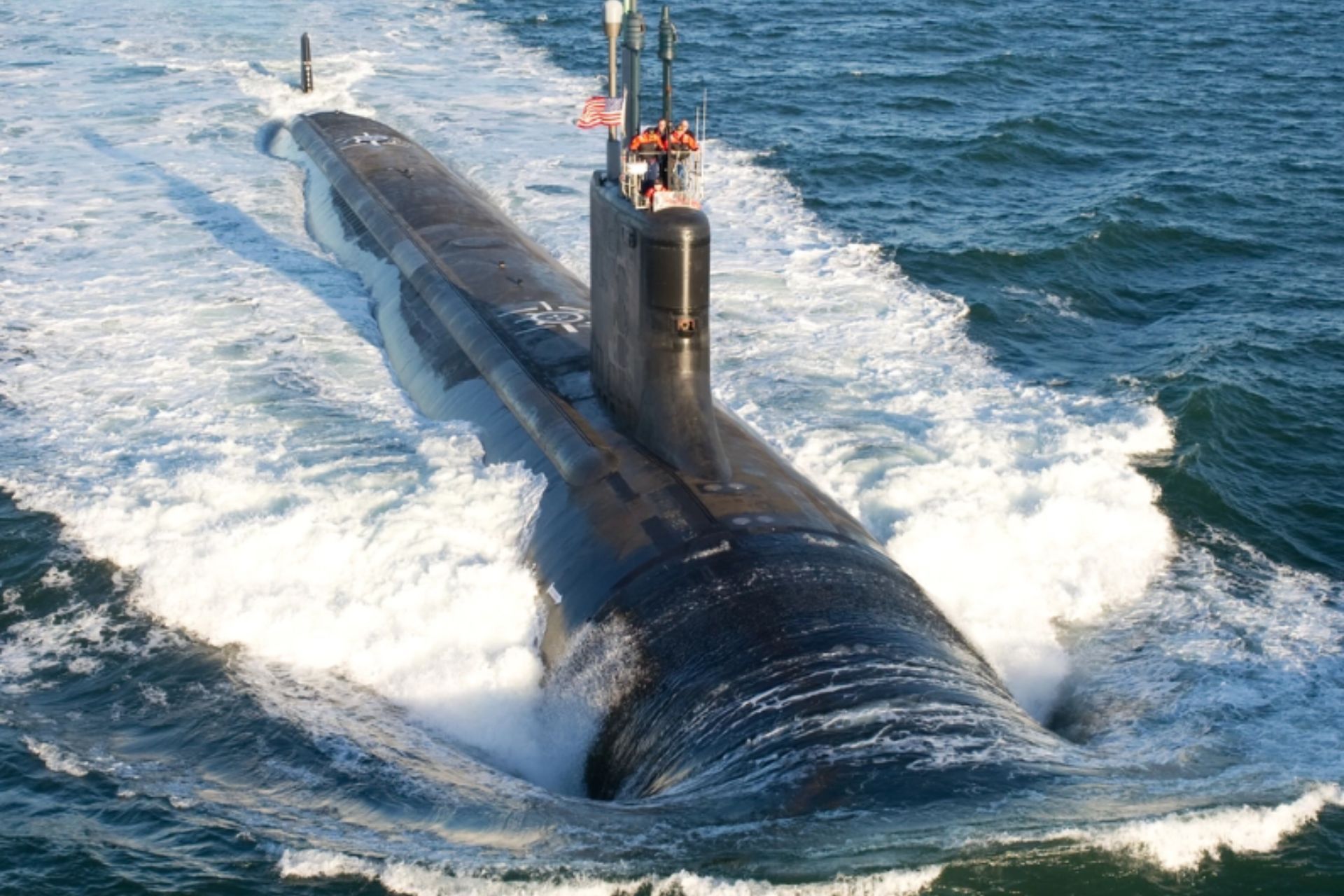Breaking News
US Navy to boost Virginia-class submarine production with new $987 million contract.
According to information published by the U.S. Department of Defense on June 18, 2025, Electric Boat, a business unit of General Dynamics, has secured a $987 million contract modification to advance the U.S. Navy’s submarine industrial base. This infusion funds critical Component Development, Class Lead Yard Support (CLYS), and Submarine Industrial Base (SIB) supplier enhancements. The package covers procurement of long-lead-time materials, shipyard infrastructure modernization to support increased output, and the expansion of key suppliers to remove bottlenecks and accelerate delivery timelines. Approximately 70 percent of the work will occur at Electric Boat’s Groton, Connecticut, yard, with the remaining 30 percent equally allocated to Newport News, Virginia, and Quonset Point, Rhode Island. The project runs through 2031.
Follow Army Recognition on Google News at this link

A Virginia-class Block V submarine at sea, supported by new funding to boost U.S. production capacity.(Picture source : DVIDS)
The modification builds on a May 2025 $12.4 billion contract covering two Virginia-class Block V submarines, SSN-812 and SSN-813, which incorporated the long-lead procurements necessary to sustain a higher construction tempo. Together, these investments reflect a decisive U.S. strategy to bolster undersea deterrence amid intensifying global naval competition, particularly in the Indo-Pacific.
The original Block V Virginia-class submarines deliver major enhancements over earlier blocks. With the Virginia Payload Module (VPM), these submarines extend to 460 feet and displace 10,200 tons, compared to 377 feet and 7,800 tons in Blocks I–IV. The VPM adds four large-diameter vertical-launch tubes, enabling each boat to carry up to 65 Tomahawk cruise missiles, a roughly 76 percent increase in strike capacity. They employ pump-jet propulsion powered by an S9G reactor, offering speeds over 25 knots and depths beyond 800 feet. Acoustic signature reduction is achieved through advanced hull coatings, UMM photonics masts with dual high-resolution optical and infrared sensors, and a comprehensive AN/BQQ-10 sonar suite with bow, flank, and towed arrays. Combat capabilities are managed via the AN/BYG‑1 combat control system and modular architecture for streamlined upgrades.
The technical scope of the original Block V contract included procurement of the VPM sections, integration of clock-driven modular construction techniques, and acquisition of critical systems such as advanced sonar, photonics masts, pump-jet propulsors, and UMM antennas. The new $987 million modification is explicitly aimed at sustaining these capabilities by accelerating supply chain readiness, through infrastructure modernization, supplier capacity expansion, and improved delivery of long-lead components to maintain a steady build rate well into the 2030s.
This contract modification adjusts previously planned timelines and delivery expectations due to evolving production challenges and capacity constraints. Initially, component staging and supplier activation were planned as sequential activities aligned with submarine construction schedules. However, the updated funding structure brings forward key industrial investments, enabling parallel advancement in supplier onboarding and material procurement. This shift allows Electric Boat and its partners to mitigate current production slowdowns and meet accelerated delivery targets set by the Navy. Critical subcomponents such as VPM modules, integrated mast systems, and propulsion assemblies, originally forecasted for phased rollout, will now benefit from simultaneous development and earlier integration, helping to stabilize the supply chain and optimize workforce deployment across all production sites.
The urgent need for these two additional Virginia-class submarines stems from a growing operational gap in the U.S. Navy’s undersea fleet, as the service struggles to maintain its attack submarine force level amid increasing retirements of Los Angeles-class boats and production delays for new units. As peer adversaries like China continue to rapidly expand their naval capabilities, particularly in the Western Pacific, the U.S. requires a robust and modern submarine force capable of persistent intelligence, surveillance, strike, and anti-submarine missions. However, the necessity for a separate $987 million industrial base enhancement contract exposes underlying fragilities in the American shipbuilding sector, including a limited number of skilled laborers, supplier shortages, and infrastructure that has not kept pace with strategic demands. This dual-contract approach reveals the Navy’s dependency on supplemental funding to close capacity gaps and deliver strategic assets on time, underscoring the urgency of revitalizing the U.S. submarine industrial base to match geopolitical challenges.


























